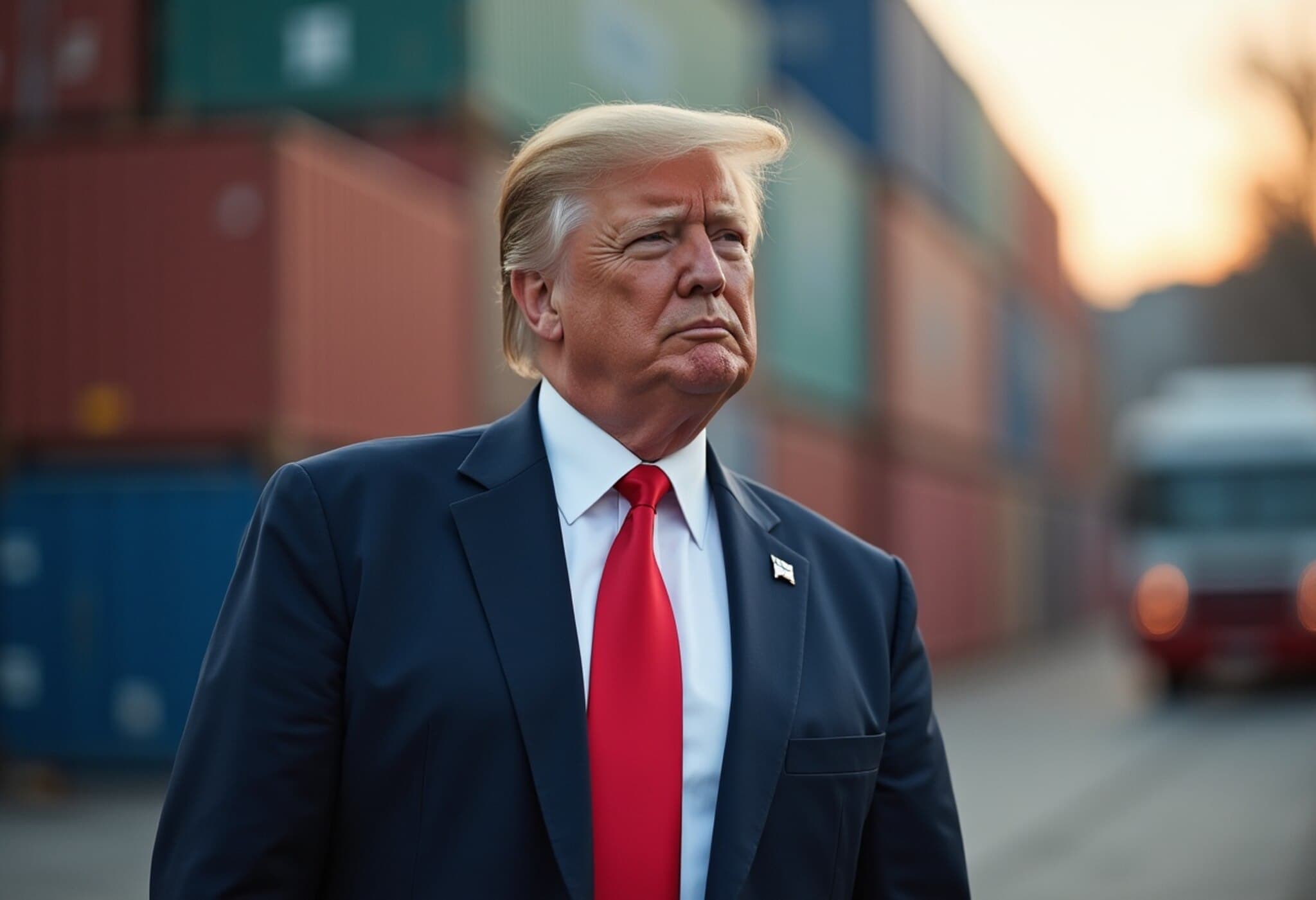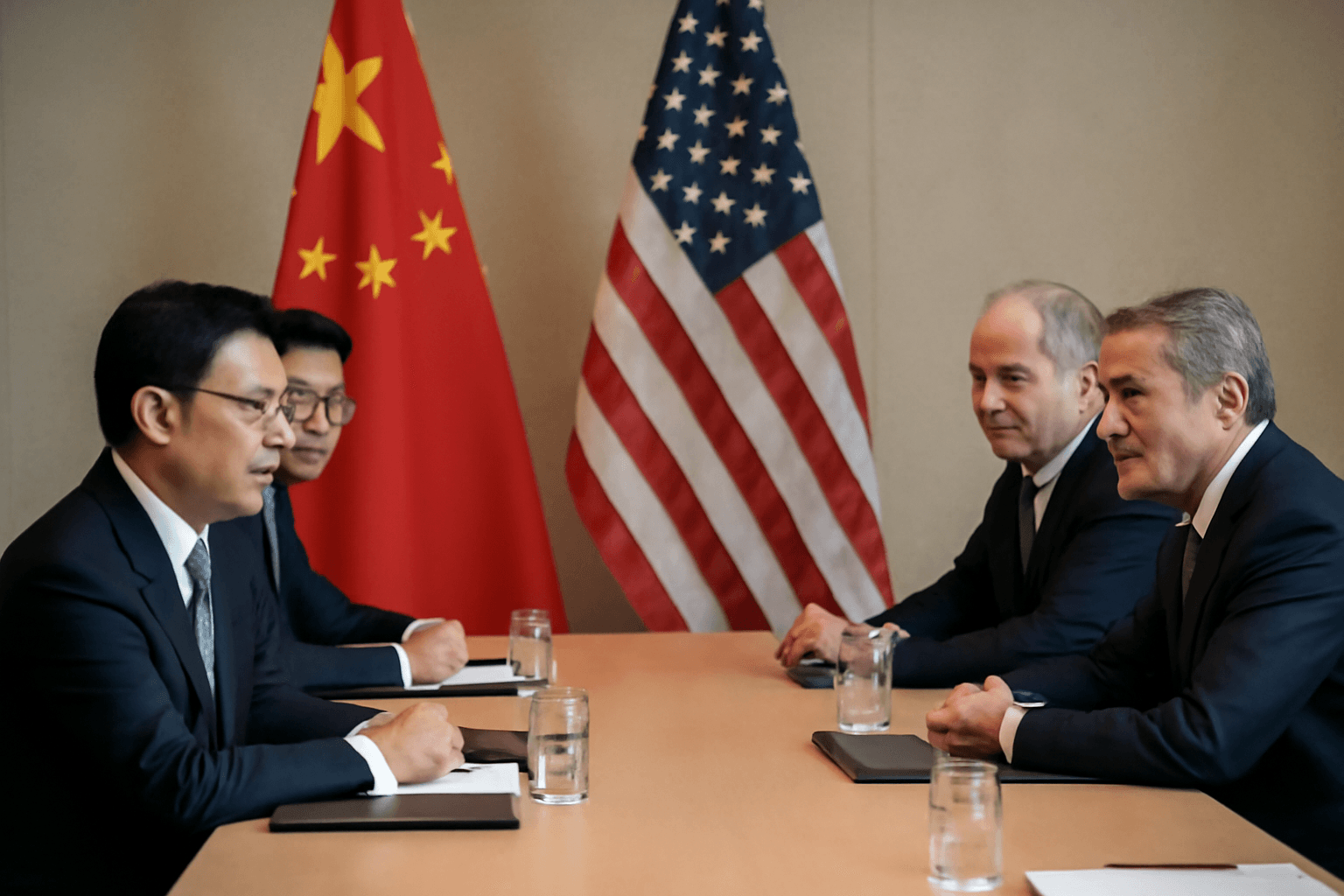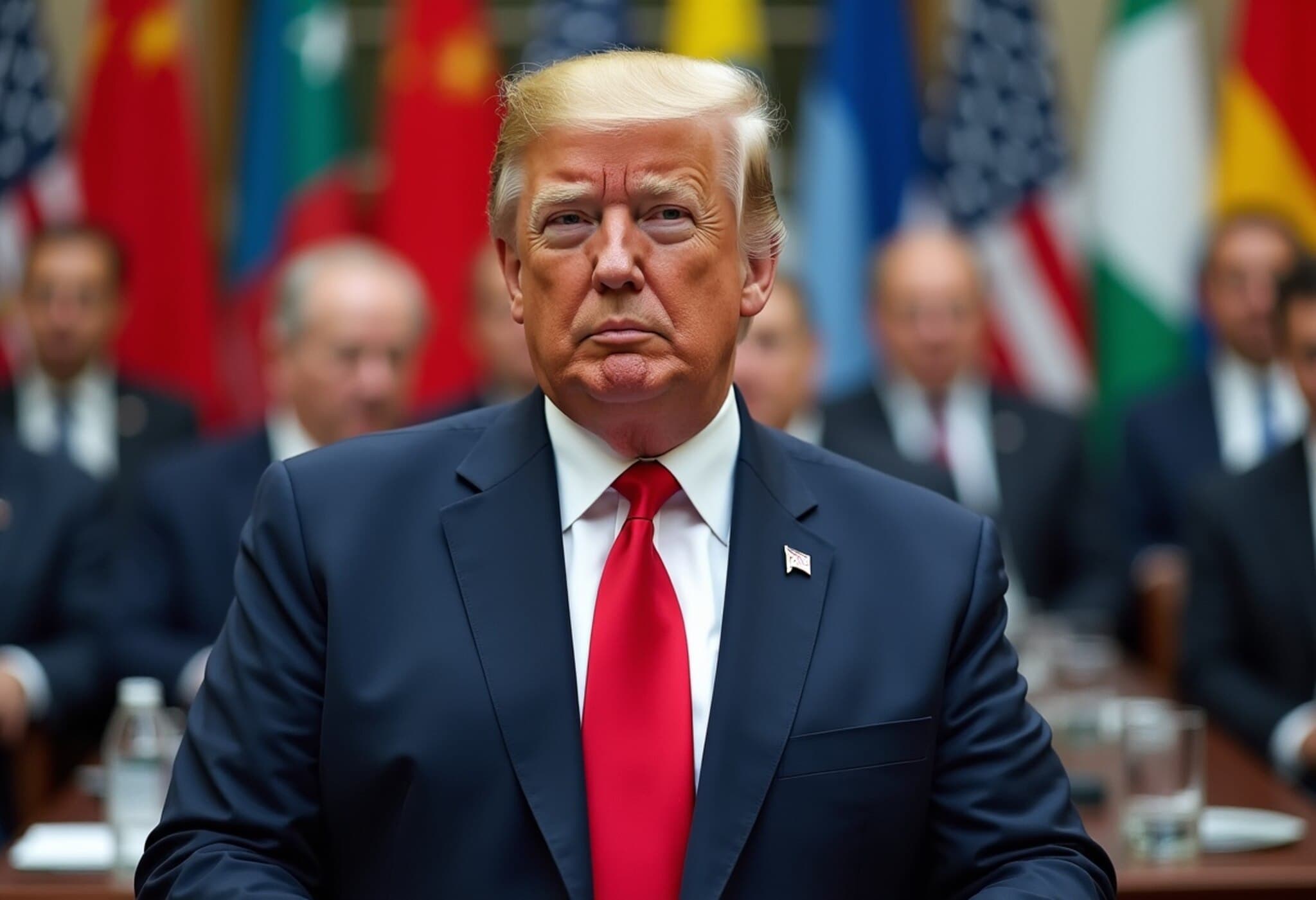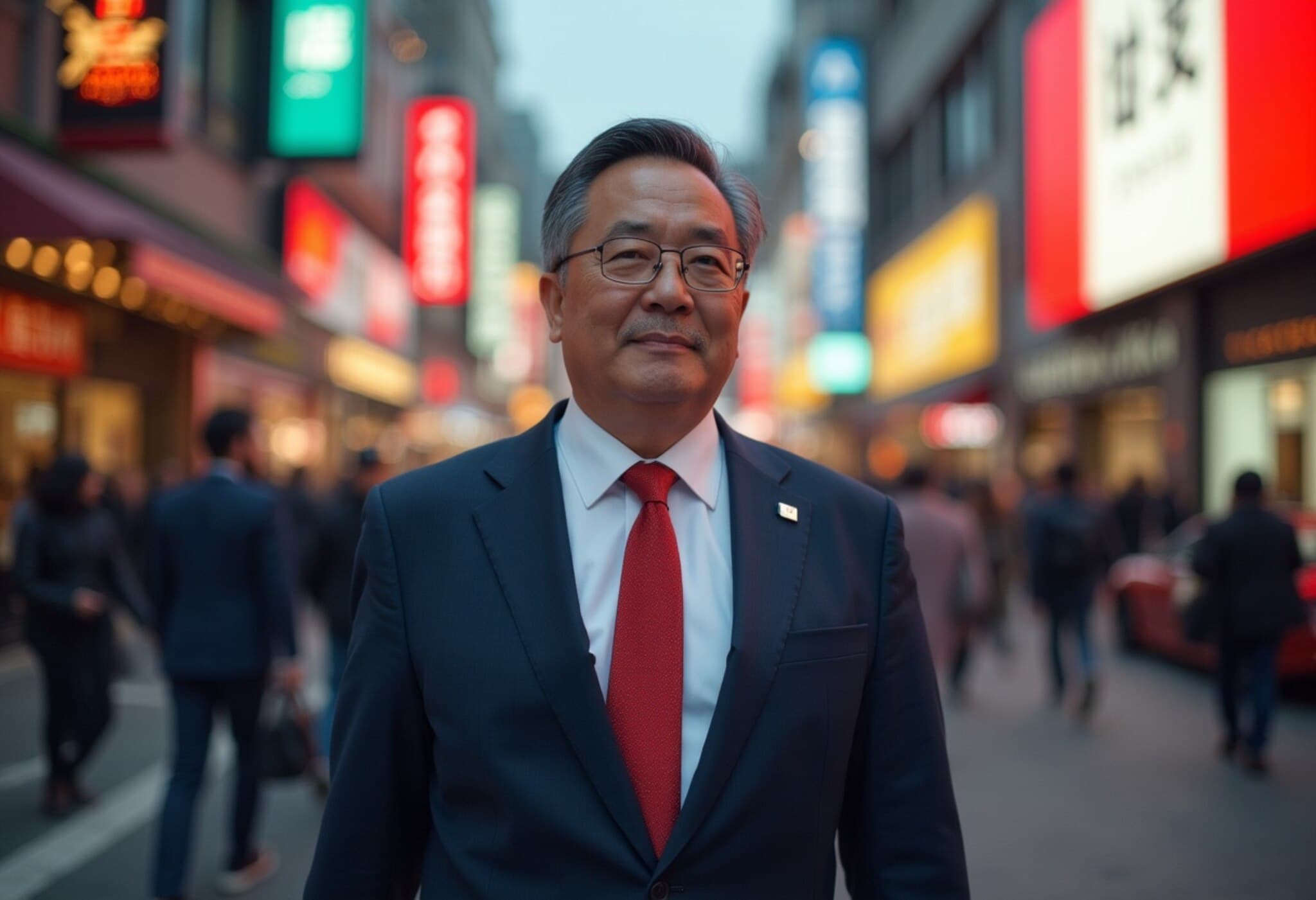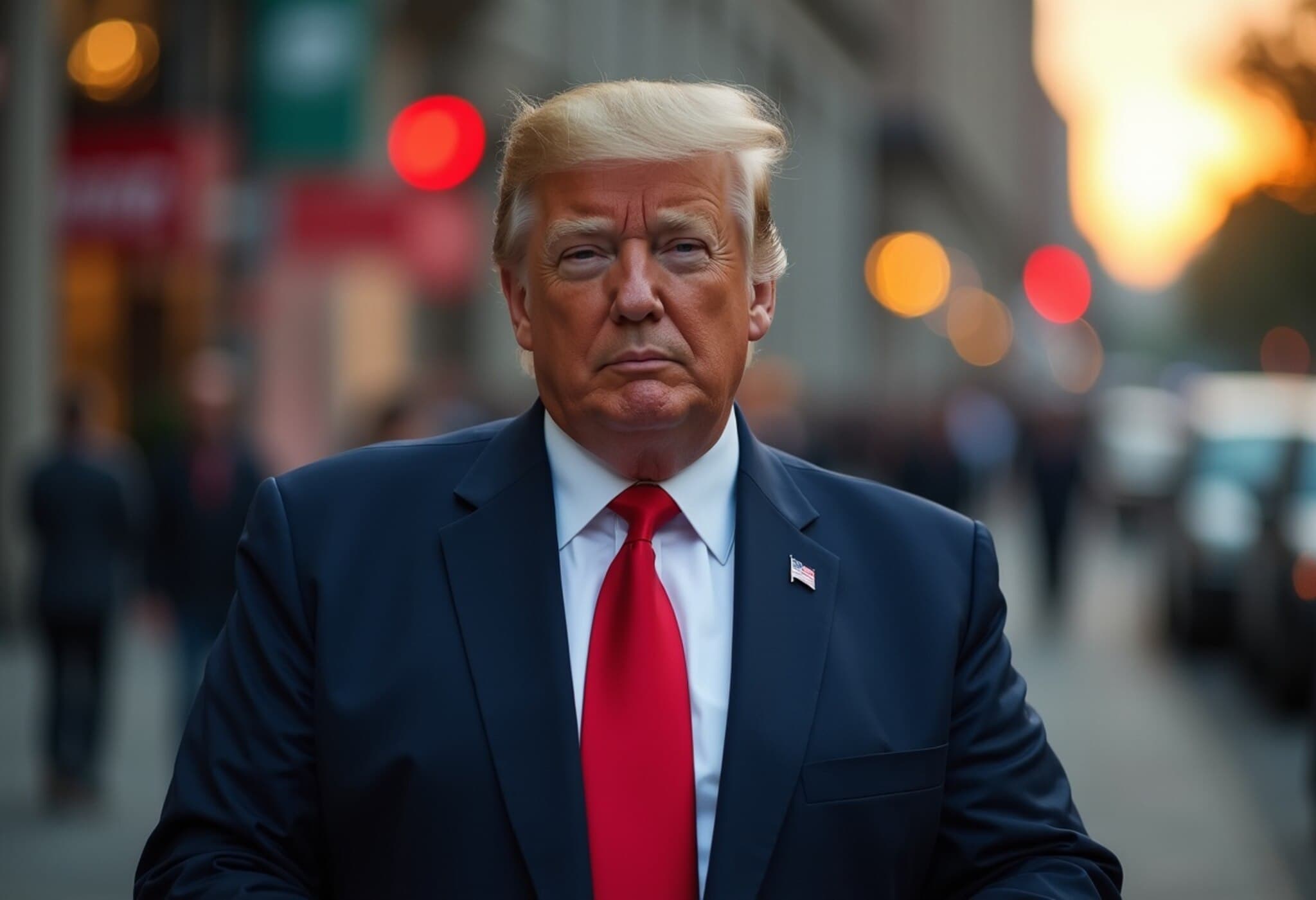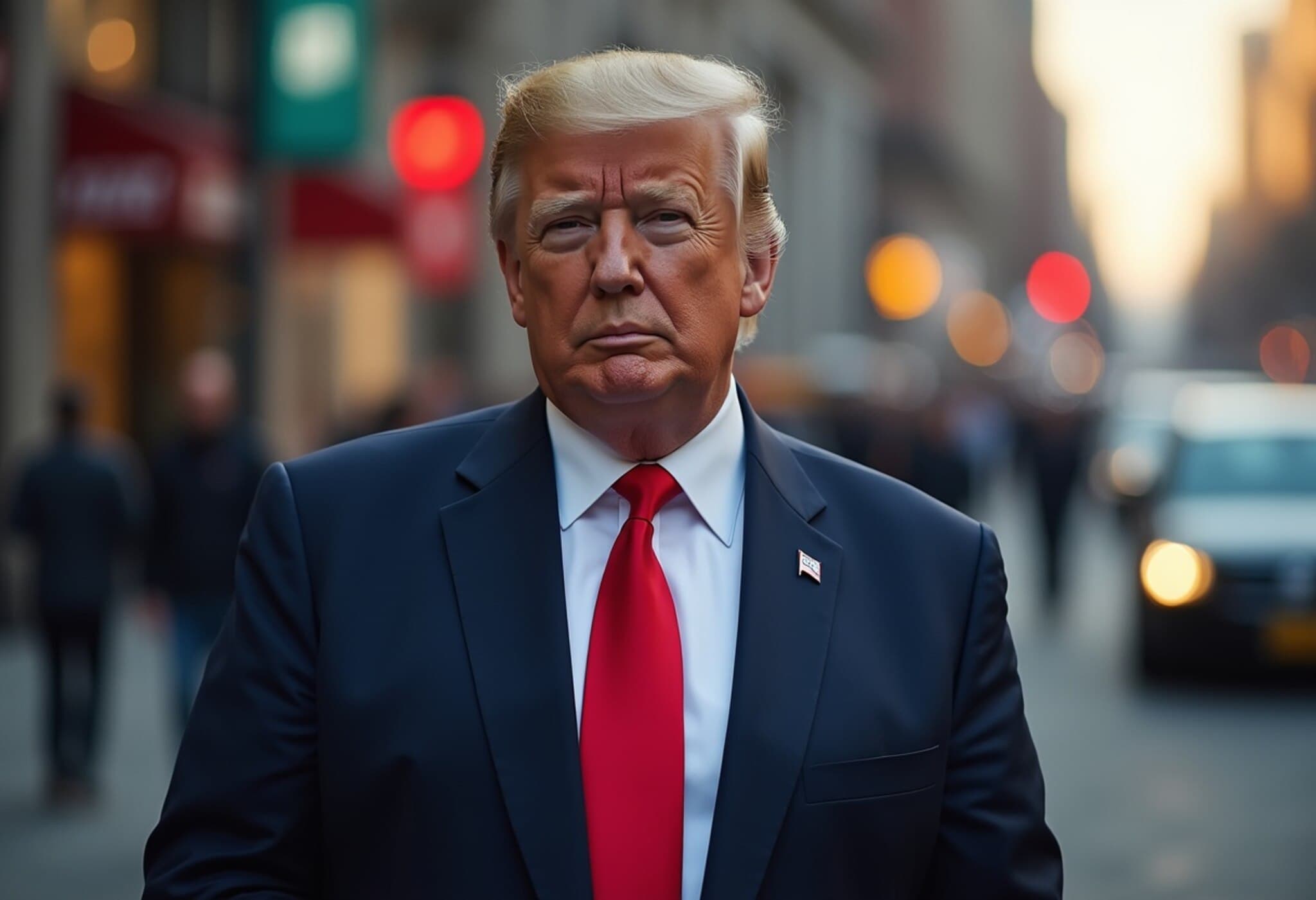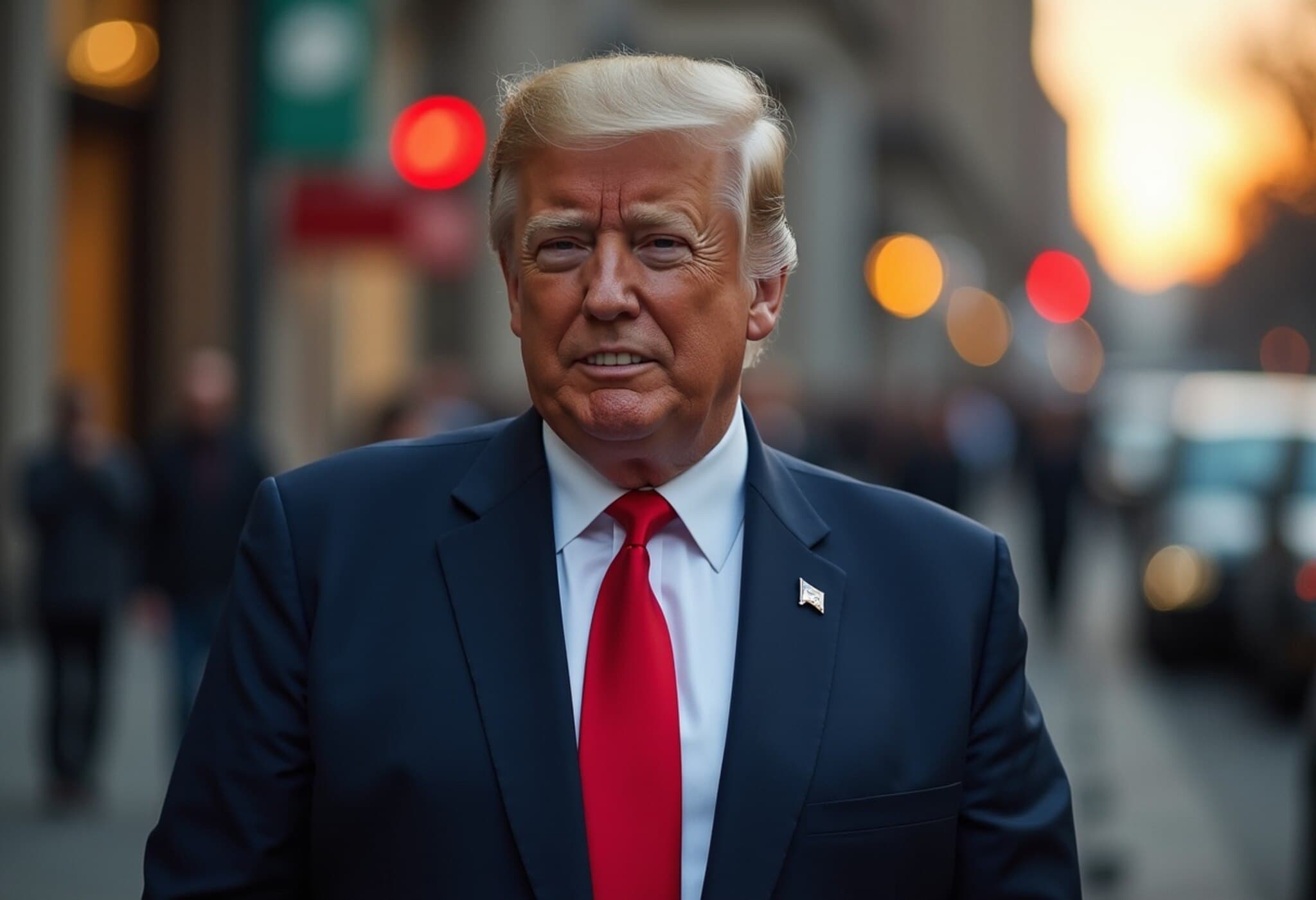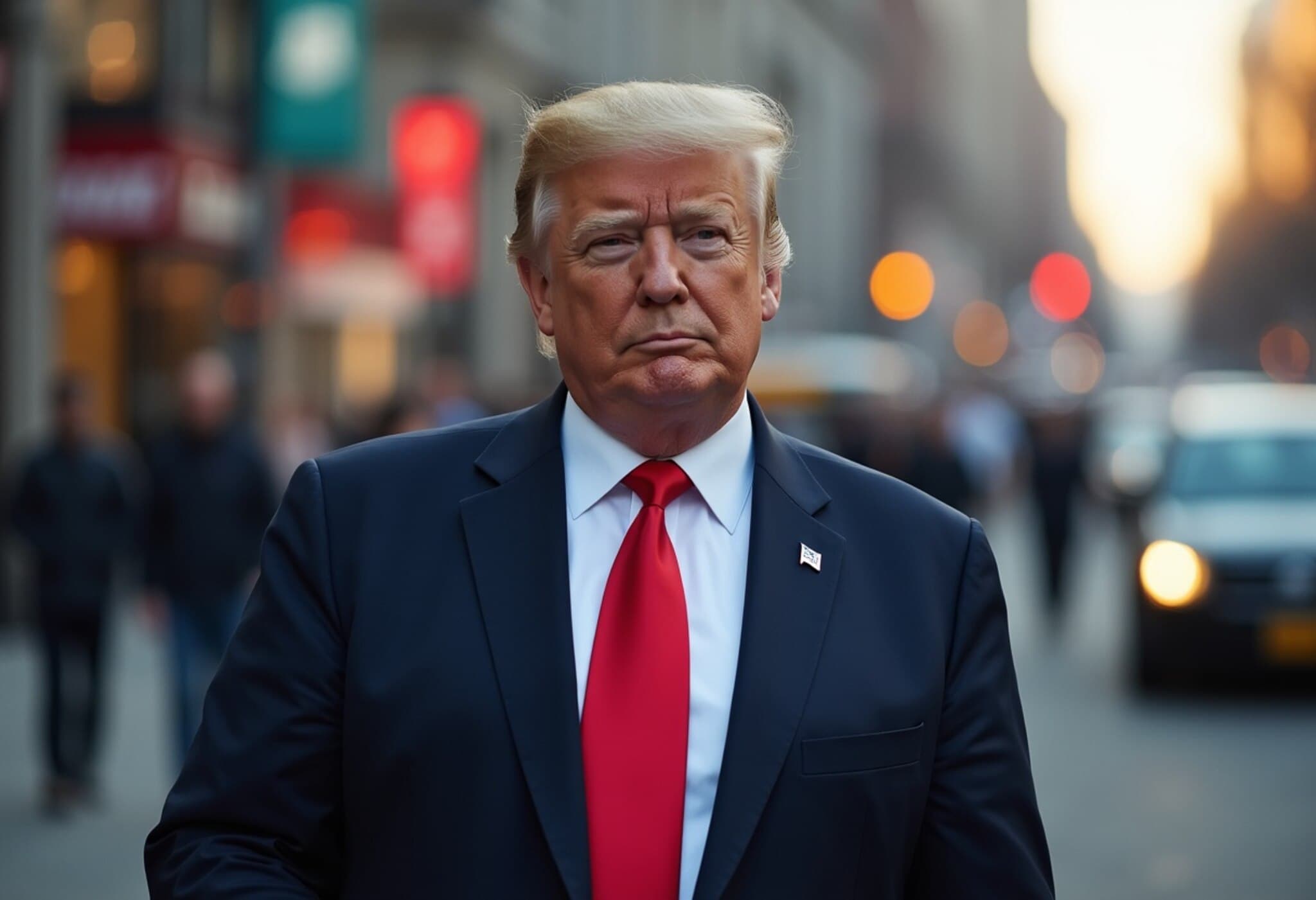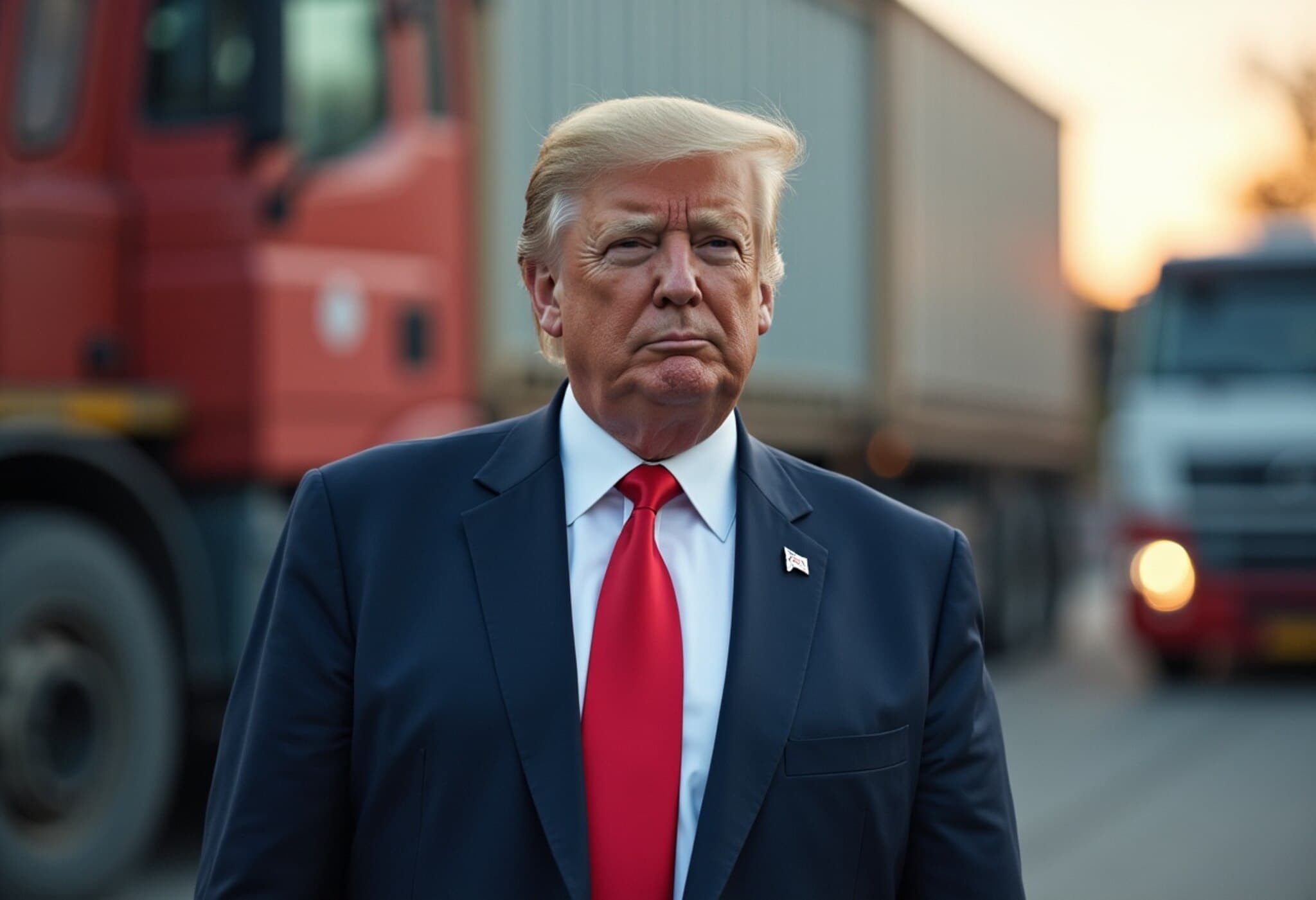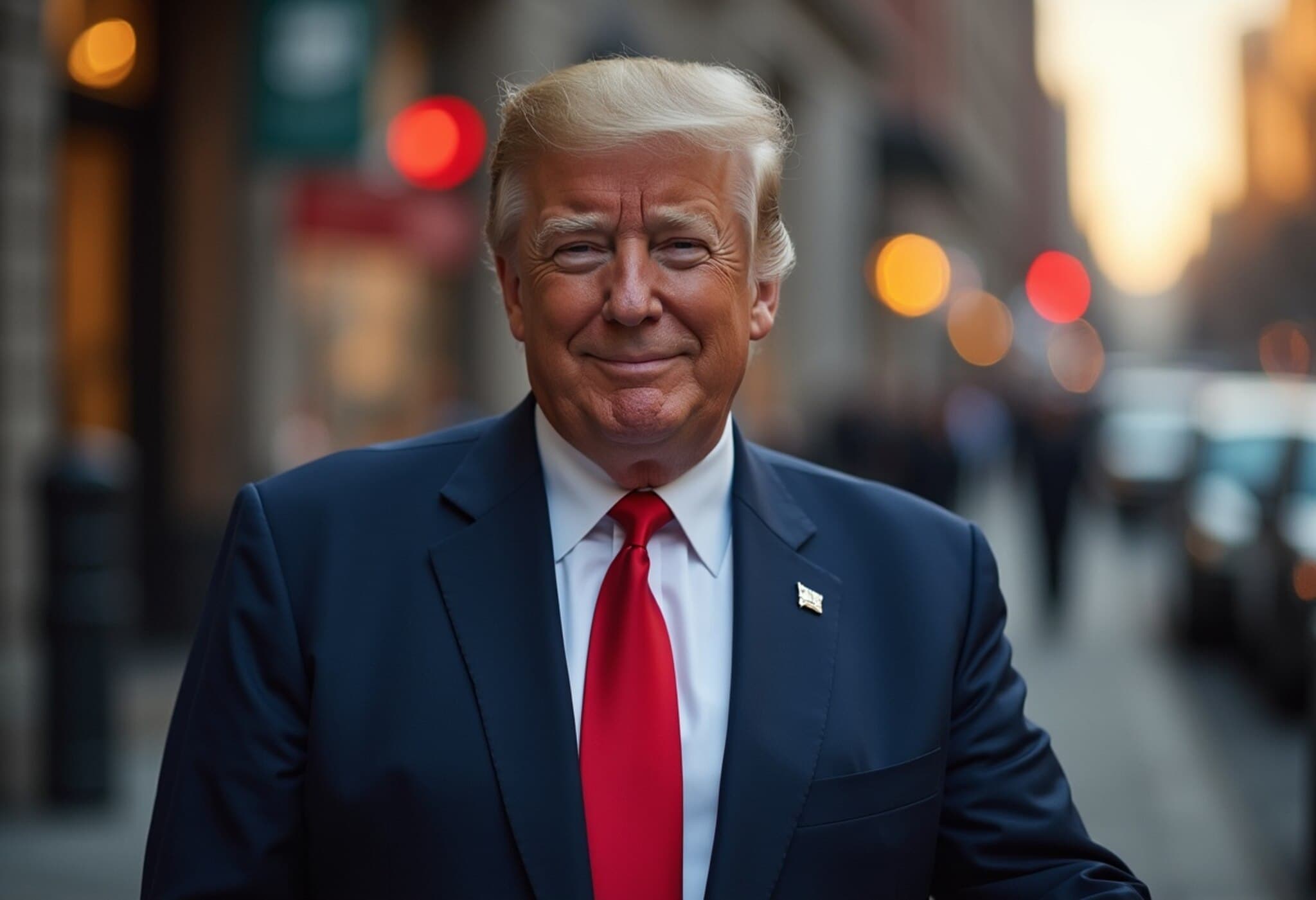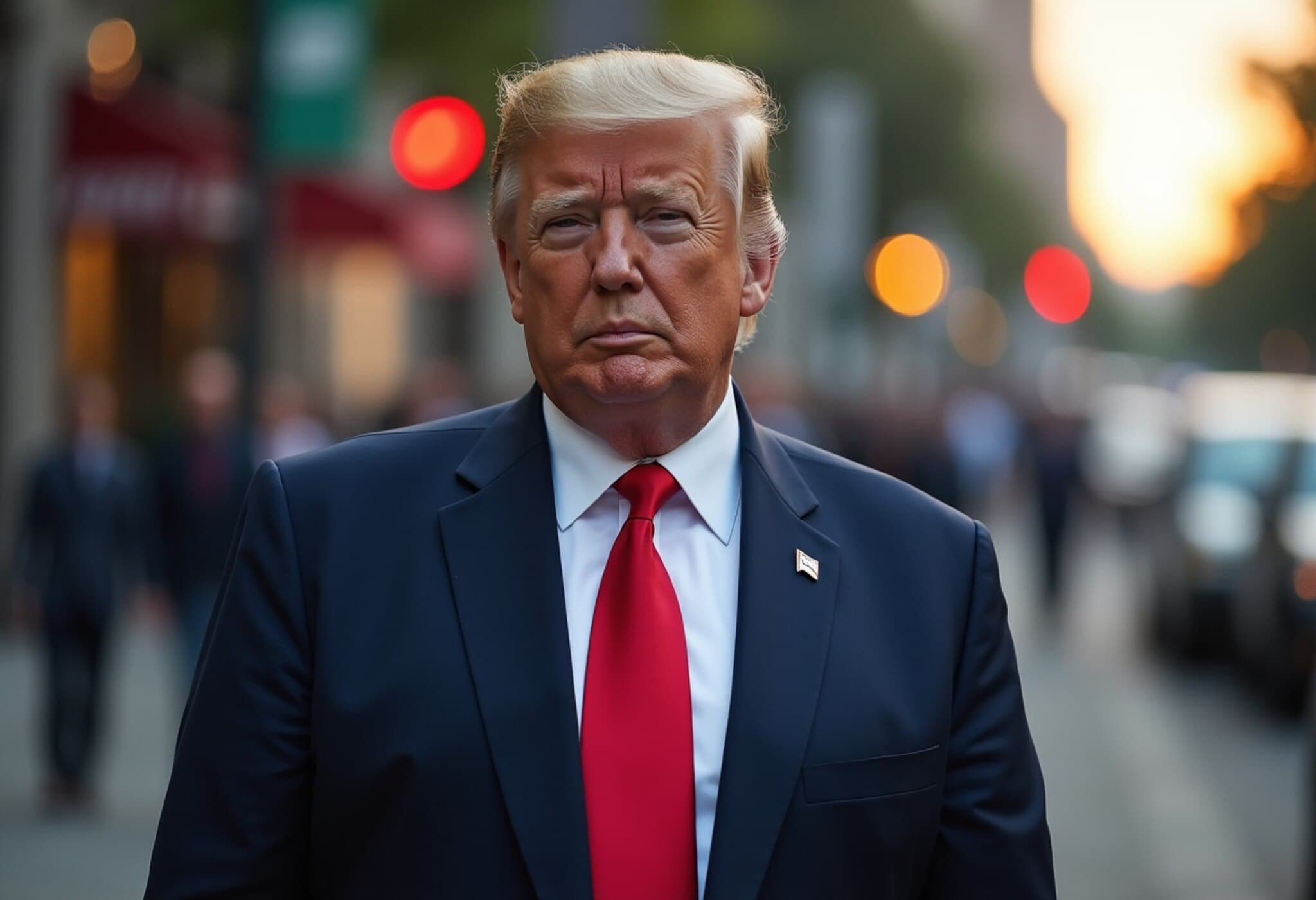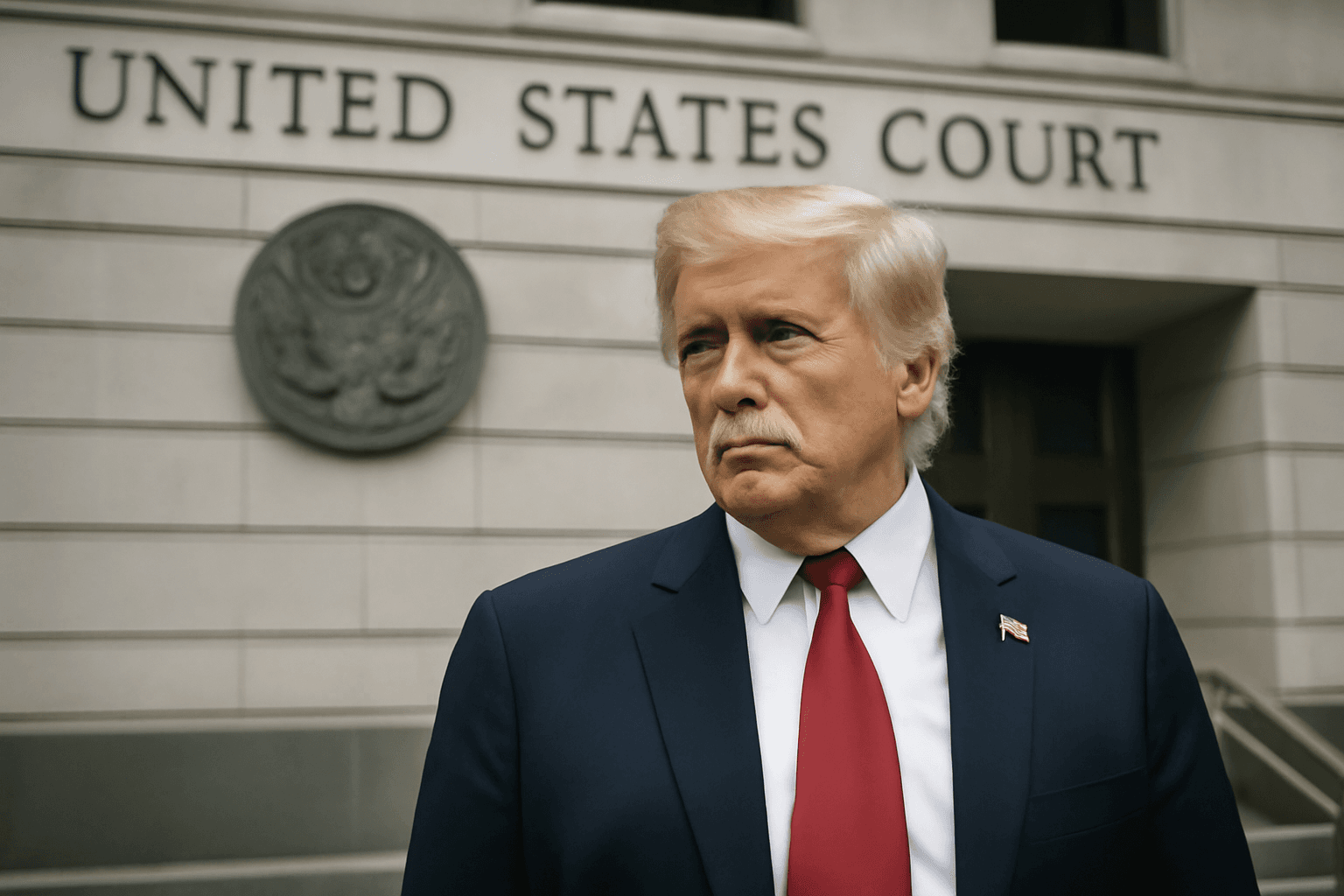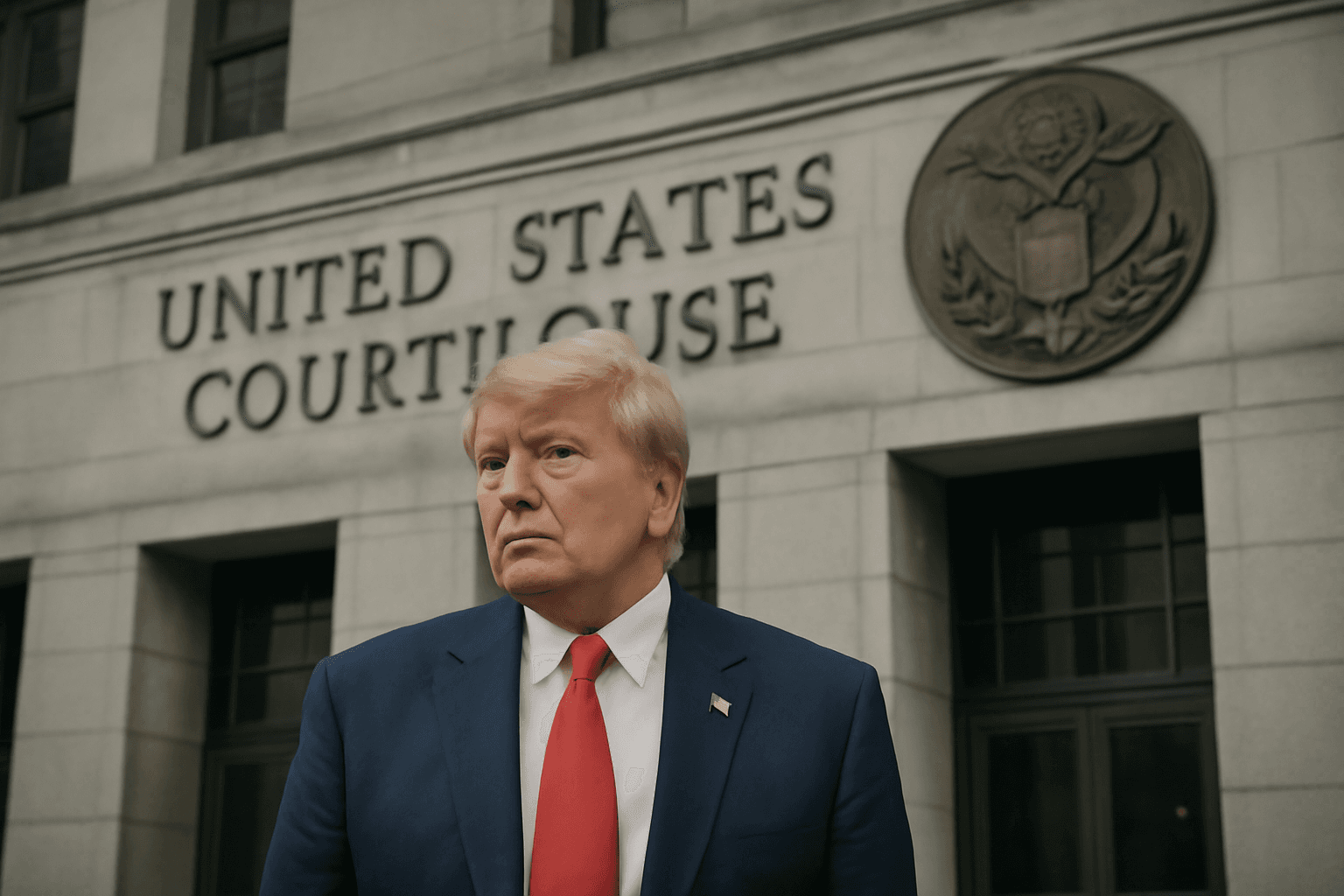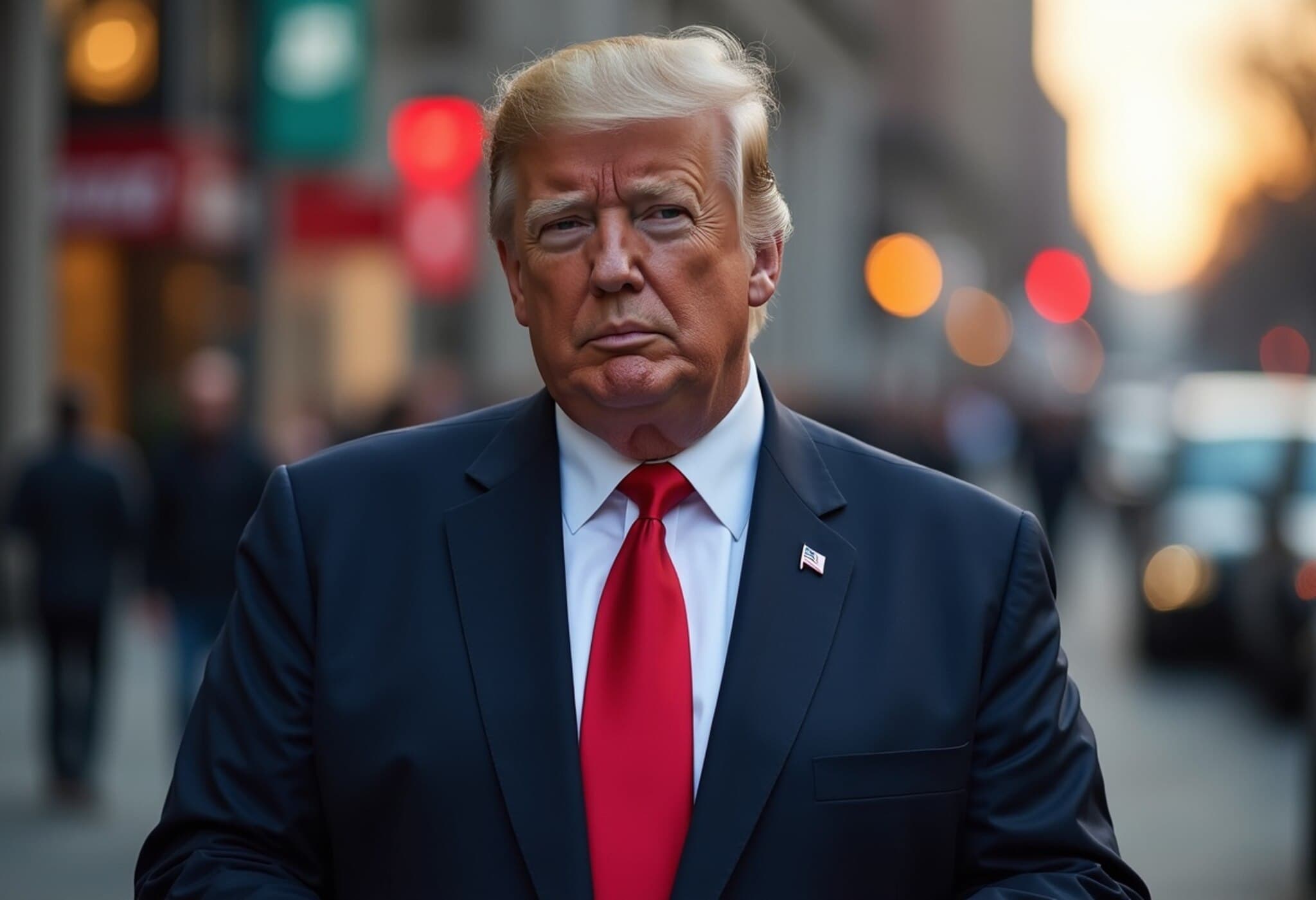Trump's Revised Tariff Implementation Date: What You Need to Know
In a recent development stirring international trade circles, the effective date for the modified tariffs under US President Donald Trump’s executive order is shifting from the initially expected August 7 to potentially October 5, 2024. This adjustment stems from a nuanced grace period embedded within the order, offering a temporary reprieve for global exporters navigating these stringent trade measures.
Understanding the Grace Period and Its Implications
While the executive order was widely anticipated to activate new tariffs as of August 7 at 12:01 am local time, closer scrutiny reveals a layered transition. The White House statement clarifies that goods loaded onto ships before August 7 and arriving in the United States by October 5 will only be subject to existing tariff rates, not the increased ones.
This subtle but significant detail means exporters who dispatched shipments ahead of the tariff announcement can avoid the heightened costs, cushioning them during this turbulent period of shifting trade policies.
The Bigger Picture: How Tariffs Are Evolving Under Trump
President Trump’s tariffs mark a significant departure from previous U.S. trade policy approaches, which traditionally emphasized multilateral cooperation and tariff reductions through institutions like the World Trade Organization (WTO).
- Country-specific Tariffs: Tariffs under this order vary widely across nations, reflecting tailored punitive measures rather than blanket rates.
- 35% Tariffs on Select Imports: Certain goods now face a steep 35% levy from midnight Friday, underscoring Washington’s push to protect domestic industries aggressively.
- Trade Agreement Exceptions: Notably, imports from Canada that fall under the United States-Mexico-Canada Agreement (USMCA) largely avoid these tariffs, covering 94% of U.S. imports from Canada.
- Anti-Circumvention Measures: The order also imposes a 40% tariff on goods found to be "transshipped"—a process wherein products, especially from China, are rerouted through intermediary countries with superficial modifications to dodge higher tariffs.
This aggressive stance reflects an effort to reshape global commerce in ways previous multilateral efforts failed to achieve over decades.
Expert Insight: The Shift from Multilateralism to Managed Trade
Trade analysts note that Trump's approach “essentially reorders global trade,” introducing a complex landscape where reciprocal tariffs aim to compel trading partners into bilateral renegotiations under U.S. terms.
A senior administration official emphasized that this strategy seeks to accomplish what WTO and multilateral trade systems have struggled with for over a quarter-century: rebalancing trade relationships to favor American economic interests.
However, this approach raises important questions about long-term diplomatic and economic stability. Critics argue that such unilateral moves could invite retaliatory tariffs, disrupt global supply chains, and increase costs for American consumers and businesses alike.
What This Means for India and Other Affected Nations
India, among other nations, stands at a crossroads amidst these evolving tariffs. While the grace period offers a breathing space, exporters must remain vigilant to adjust quickly to changing rules.
Trade experts advise monitoring ongoing negotiations closely, as any new trade agreements signed before these deadlines could further shift the tariff landscape, potentially easing or tightening restrictions.
Key Takeaways
- The modified Trump tariffs are likely effective not on August 7 but potentially on October 5, depending on shipment dates.
- Goods shipped before August 7 but arriving before October 5 face old tariff rates, creating a strategic window for exporters.
- Trump’s tariff strategy represents a sharp pivot to tailored, reciprocal tariffs aimed at reordering global trade dynamics.
- The approach introduces risks of escalating trade tensions and disruption of global supply chains.
- Countries like India and Canada are navigating exceptions and exemptions under these new rules.
Editor’s Note
This unfolding tariff saga presents a complex tableau of modern global trade—where protectionism and strategic negotiation collide. The October 5 effective date underscores how fluid and uncertain trade policies have become, emphasizing the critical need for businesses and policymakers alike to remain agile.
As the U.S. pursues recalibrated trade relations, observers should watch whether this strategy fosters sustainable economic benefits or ignites prolonged international friction. How the world responds to these tariffs could redefine international commerce for years to come.

